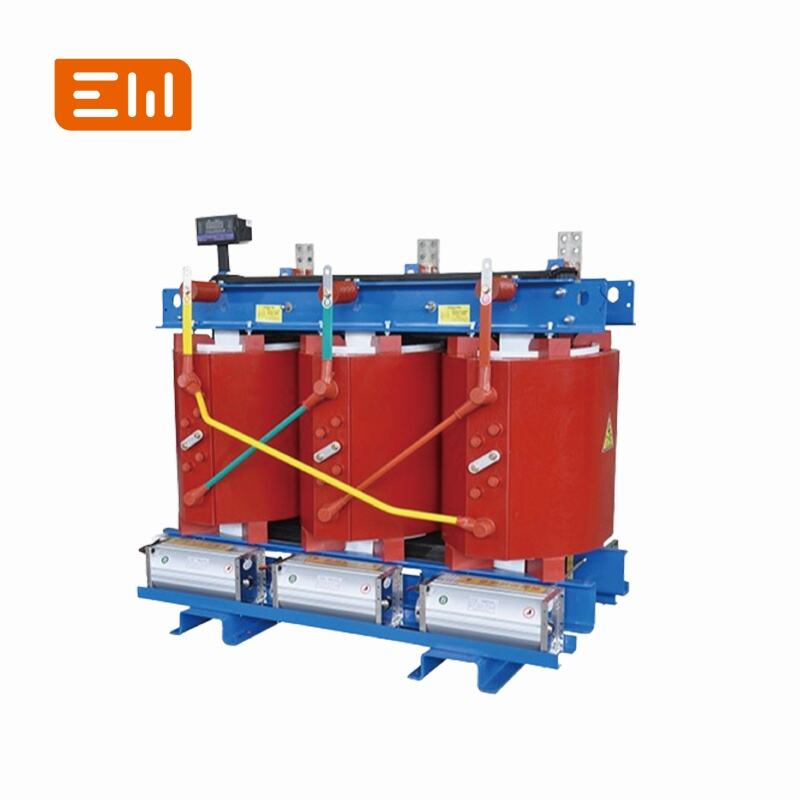A Practical Maintenance Checklist for Dry Type Transformers
One of the core advantages of dry type transformers is their minimal maintenance requirement. However, "low maintenance" does not mean "no maintenance." A simple, regular inspection and cleaning schedule is essential to ensure your transformer operates safely, reliably, and achieves its maximum expected lifespan.
This guide provides a practical, easy-to-follow checklist for routine dry type transformer maintenance.
IMPORTANT SAFETY WARNING: Before performing any maintenance, the transformer must be completely de-energized and locked out/tagged out according to your facility's safety procedures. Work should only be performed by qualified personnel.

The Annual Maintenance Checklist
For most dry type transformers in clean, dry, indoor environments, a comprehensive inspection once a year is sufficient. For units in harsher environments, this frequency should be increased to every six months.
Part 1: Visual and Mechanical Inspection
This is the first and most important phase of maintenance.
-
[ ] Check for Dust and Debris: Look for any accumulation of dust, dirt, or other contaminants on the transformer enclosure, cooling vents, windings, and insulators. Heavy dust buildup can impede air circulation and lead to overheating.
-
[ ] Inspect for Signs of Overheating: Check for any discoloration or charring of the insulation materials, particularly around connection points. This is a clear indicator of a loose connection or overloading.
-
[ ] Look for Cracks or Fissures: On cast resin transformers, carefully inspect the resin surface for any cracks, which could indicate mechanical stress or a manufacturing defect.
-
[ ] Verify Secure Connections: Check that all bolted electrical connections appear tight. Look for any signs of vibration or movement. Do not tighten connections unless you have the proper torque specifications.
-
[ ] Inspect Ancillary Components: If the transformer has cooling fans (AF cooling), ensure they are clean and spin freely. Check any monitoring gauges for proper operation.
Part 2: Cleaning
Cleaning should only be done after a visual inspection and on a de-energized unit.
-
[ ] Remove Dust: Use a vacuum cleaner with a non-metallic hose to remove loose dust and debris from the enclosure and winding surfaces. For heavier buildup, use a soft-bristled brush to gently dislodge the dirt before vacuuming.
-
[ ] Use Dry, Compressed Air: For hard-to-reach areas, use dry, low-pressure compressed air (less than 25 PSI) to blow out dust. Ensure the air is free of any oil or moisture.
-
[ ] Wipe Down Surfaces: Use a clean, dry, lint-free cloth to wipe down insulators and other surfaces. **Never use liquid cleaners or solvents**, as they can damage the insulation.
Part 3: Electrical Testing (Performed by Qualified Technicians)
These tests provide deeper insight into the transformer's condition and should be performed by a qualified electrical testing technician.
-
[ ] Insulation Resistance Test: This test (often called a "Megger" test) measures the resistance of the insulation system. A low reading could indicate moisture ingress or insulation breakdown. Readings should be compared to previous years' results to spot any degradation trend.
-
[ ] Winding Resistance Test: This test measures the DC resistance of the windings. It helps to detect any loose connections, broken conductors, or problems with the tap changer.
-
[ ] Infrared (Thermal) Inspection: This is a highly effective test that can be performed while the transformer is energized and under load. An infrared camera can instantly spot hot spots caused by loose connections or internal issues, allowing for proactive repairs before a failure occurs.
Conclusion: A Small Investment for Long-Term Reliability
Following a simple annual maintenance checklist is a small investment of time that pays huge dividends in reliability and safety. Regular inspection and cleaning of your dry type transformer will prevent overheating, reduce the risk of unexpected outages, and ensure you get the maximum return on your investment through a long and trouble-free service life.
At Enwei Electric, our transformers are designed for durability and ease of maintenance. For more detailed maintenance procedures or to schedule a professional service, please https://www.enweielectric.com/contact-us">contact our support team.

